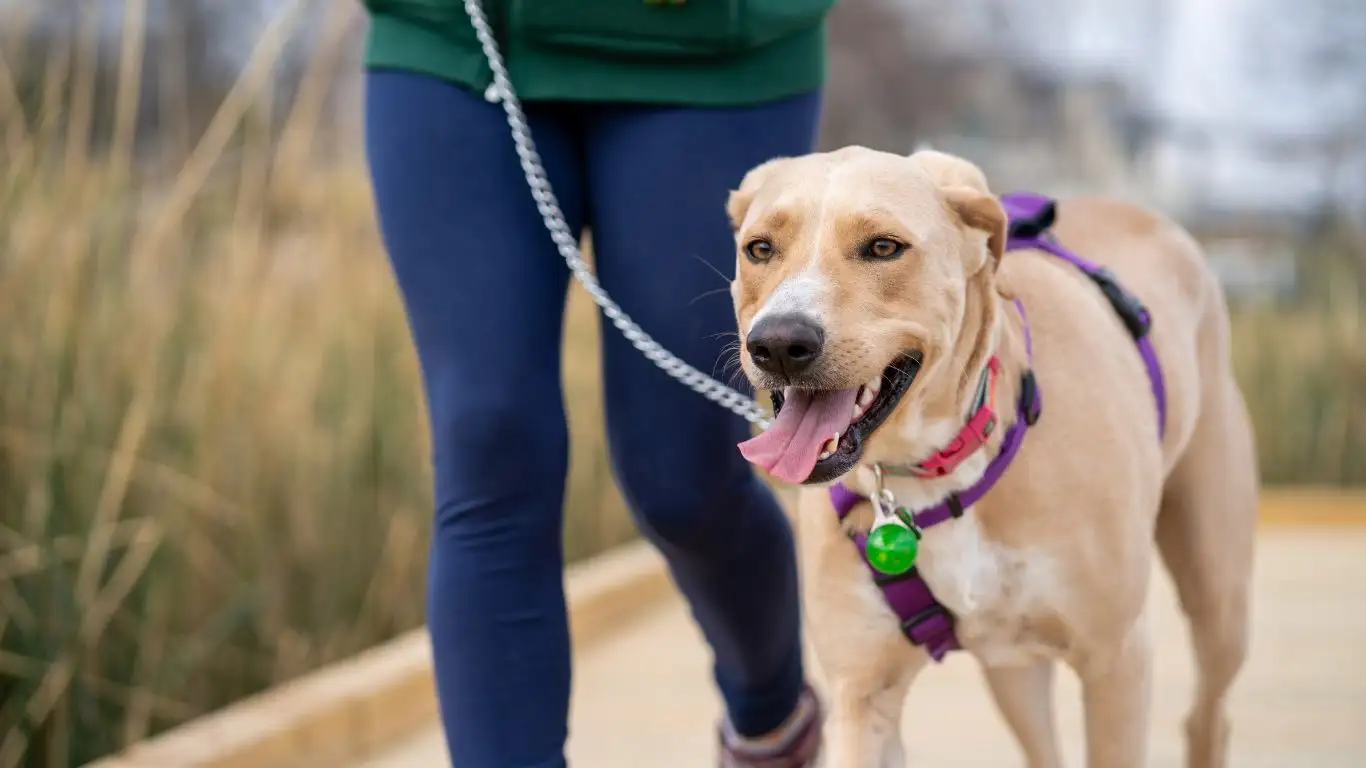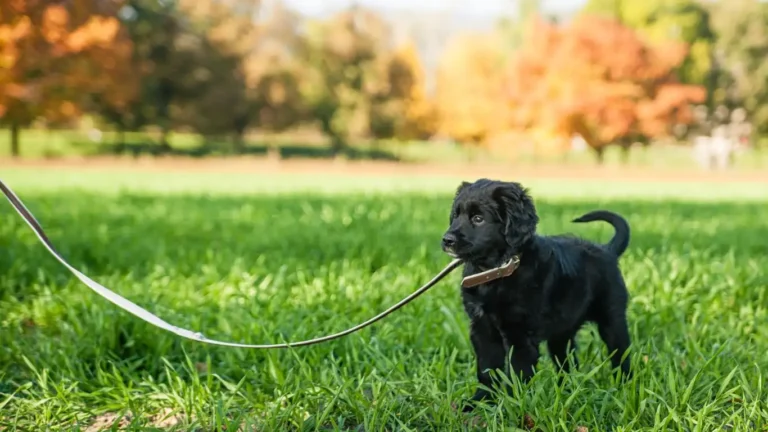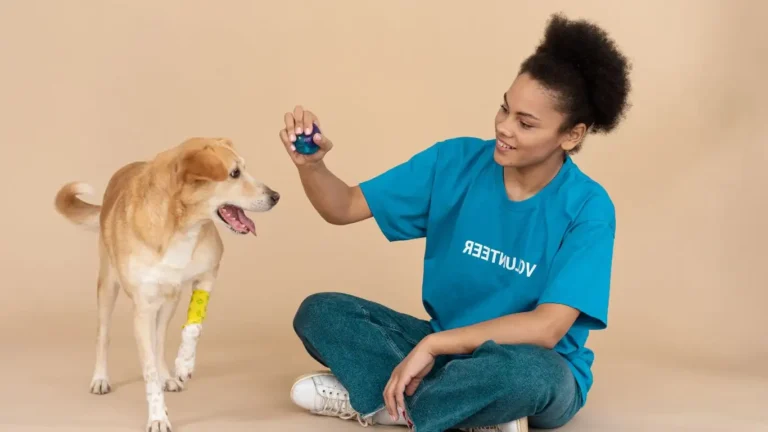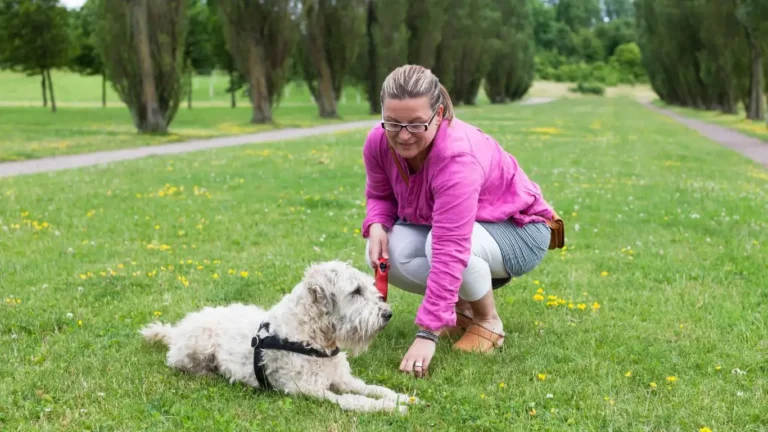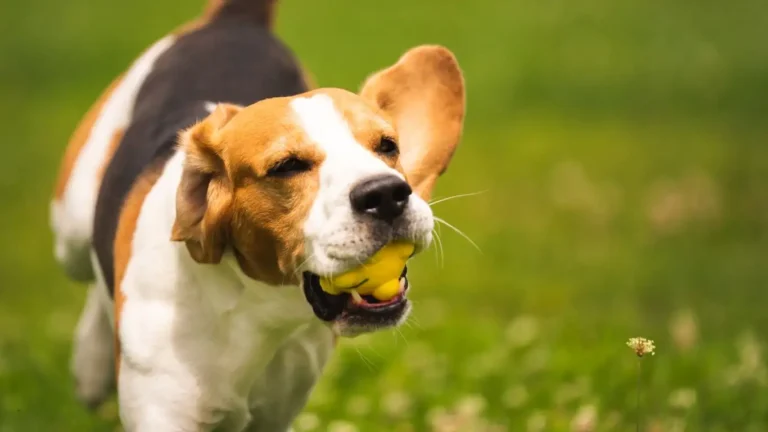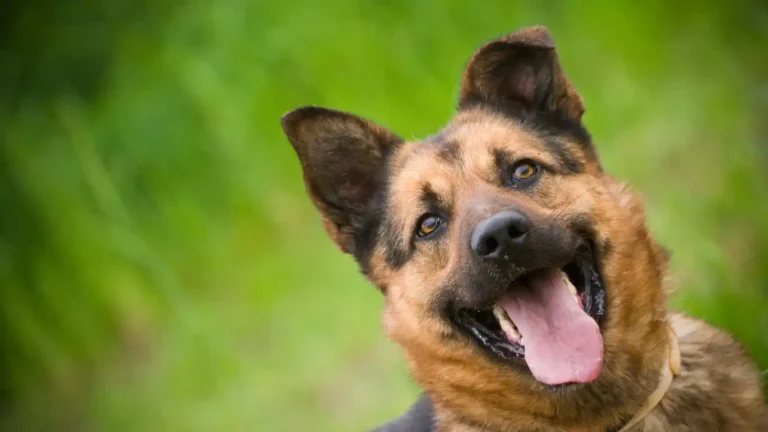Stop Leash Pulling Fast: Train Your Dog on Retractable Leashes
If you’re frustrated by your dog constantly yanking you around on a retractable leash, you’re not alone. As someone who’s worked hands-on as a Canine-Assisted Therapy Trainer, I’ve seen this issue pop up more times than I can count. Figuring out how to train a dog to avoid pulling on retractable leashes is something I’ve guided countless pet parents through—and yes, it is totally doable with the right approach, patience, and a little bit of insider know-how. You don’t need to be a pro trainer to get results, but you do need to understand how your dog thinks, and how retractable leashes change the walking game compared to standard leads.
Why Retractable Leashes Are a Whole Different Ball Game
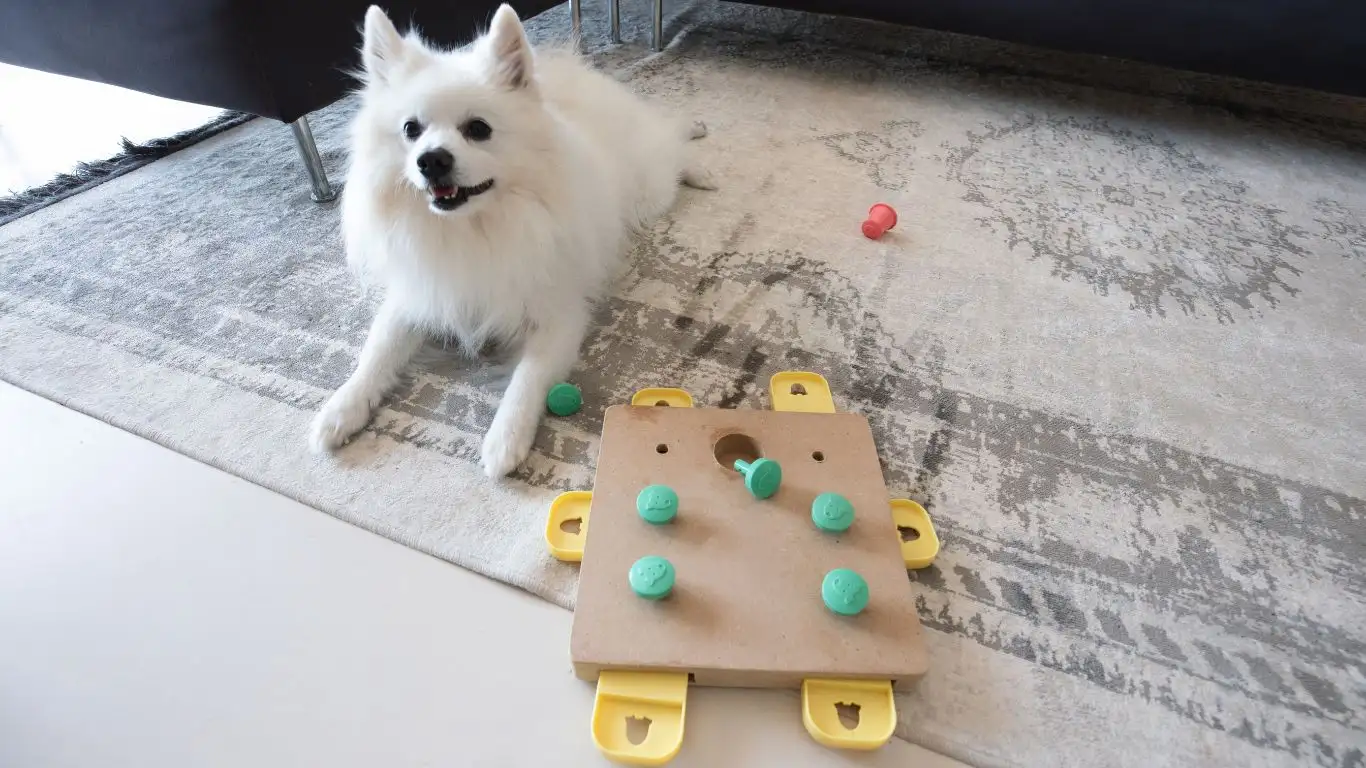
Let’s be real—retractable leashes are convenient. They give your pup freedom to explore, sniff, and trot ahead a little. But that extra freedom can also teach them that pulling is how they get more of it. Unlike a fixed-length leash, the retractable kind rewards forward momentum. So if your dog pulls and the leash extends, it’s like they just hit the jackpot.
From my experience, once a dog figures out that pulling equals more room to roam, it’s game over—unless you step in with consistent training. It’s not that retractable leashes are evil (despite what some trainers might tell you); they’re just often misused. The key is setting boundaries and teaching your dog how to walk politely *with* you, not miles ahead of you.
Understanding the Root of Pulling Behavior
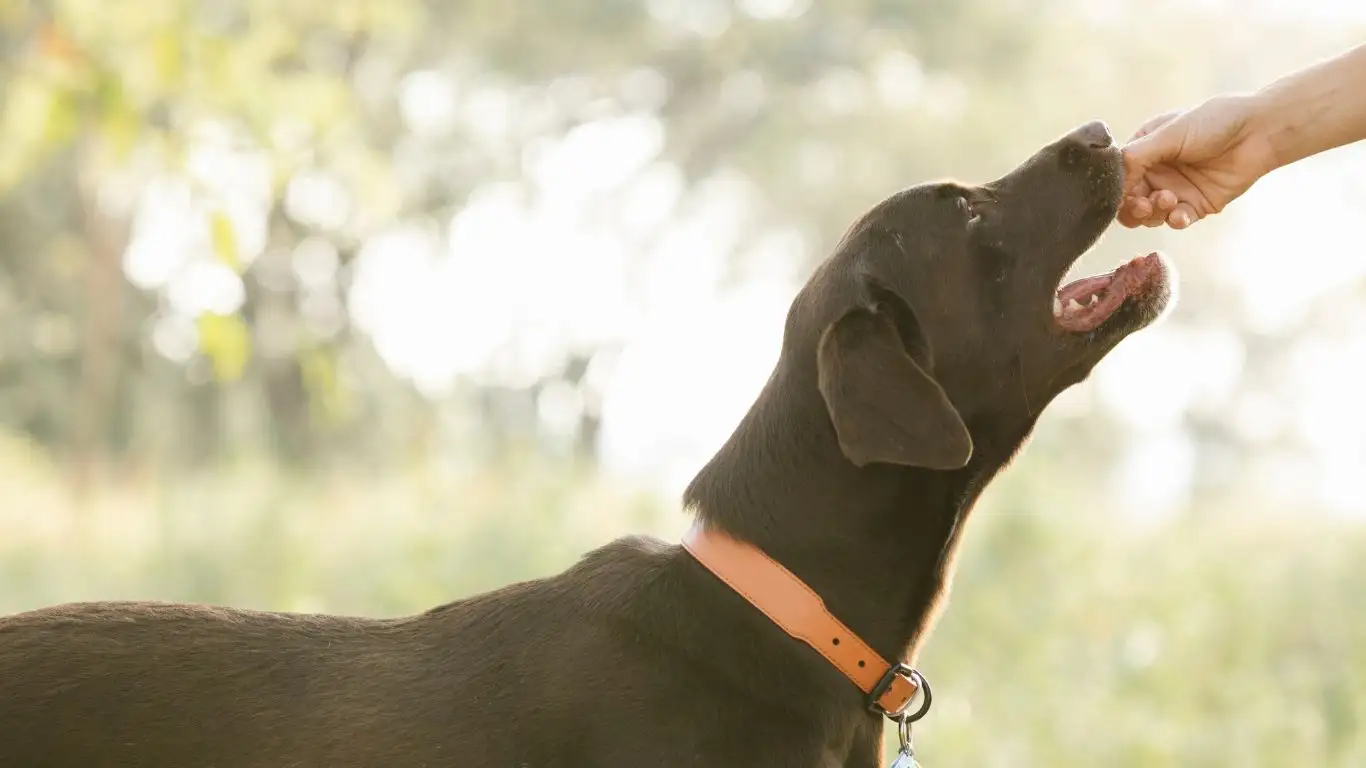
Dogs don’t pull because they’re trying to be bad. They pull because they’re excited, curious, and usually haven’t been shown that there’s a better way to walk with their human. Here are a few common reasons your dog might be dragging you like a sled behind them:
- Too much pent-up energy: A dog that hasn’t had enough mental or physical stimulation is going to explode with enthusiasm the second you step outside.
- Lack of leash manners: If you’ve never intentionally trained your dog to walk on a leash, chances are they’ve just made up their own rules (and they don’t include waiting for you).
- Curiosity overload: New smells, other dogs, squirrels—it’s like Disneyland for dogs out there. They pull to get to the next exciting thing.
- Inconsistent leash use: Switching between regular leashes and retractables without guidance can confuse your dog. They don’t know when they’re expected to stay close or roam freely.
Knowing *why* your dog pulls helps you create a strategy that actually works. The goal isn’t to punish the pulling—it’s to teach your dog that sticking close gets better results.
How to Train a Dog to Avoid Pulling on Retractable Leashes
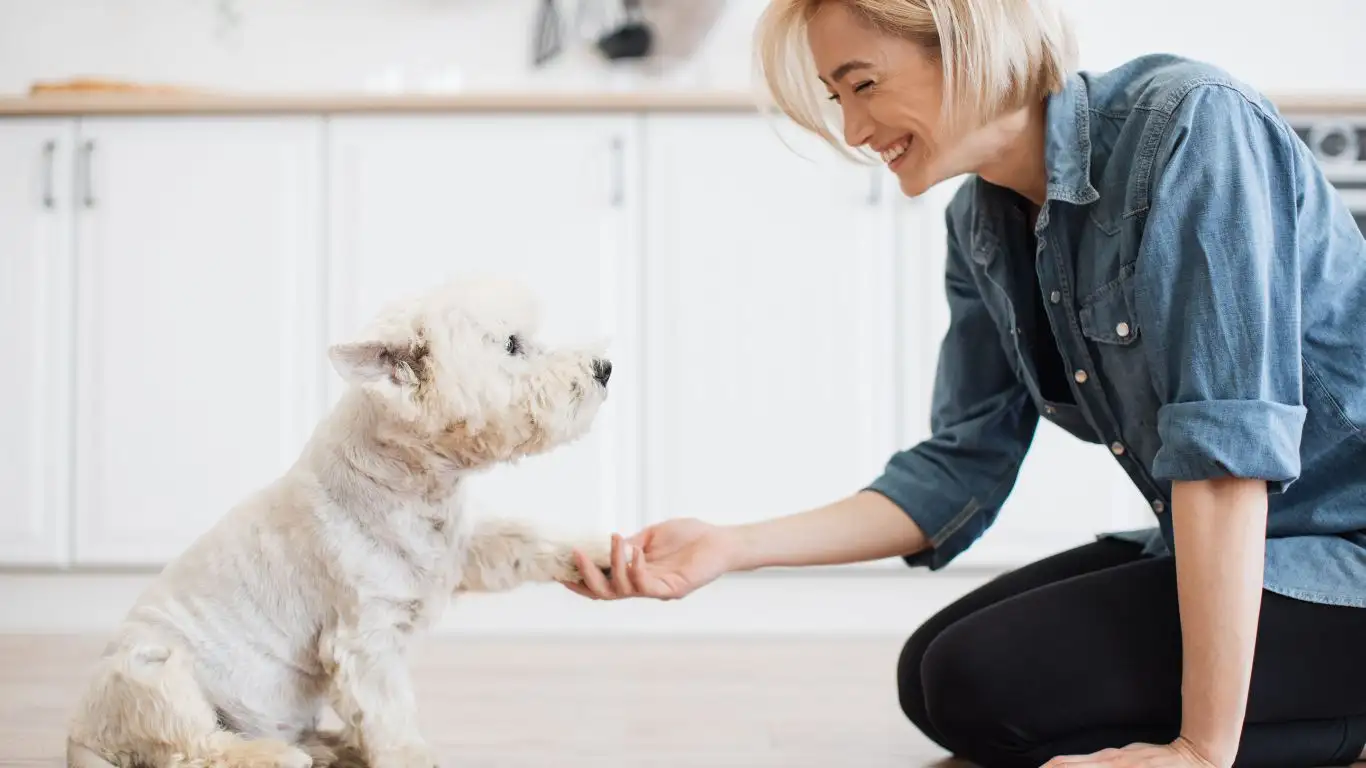
Start with a Non-Retractable Leash
This might sound backwards, but hear me out. If your dog is a chronic puller, start training on a standard 4–6 ft leash first. Why? Because it gives you way more control and feedback. You’ll be able to feel every little tug and redirect your dog before it becomes a full-on sprint.
During my sessions, I often say: *Don’t hand your dog a freeway when they haven’t mastered the driveway.* Build leash manners on a regular leash first, then graduate to the retractable once they’ve nailed the basics.
Use the “Stop-and-Go” Method
This one works wonders, and it’s super simple. Every time your dog pulls ahead, stop walking. Wait until the leash slackens—even if it’s just a second—then start walking again. Repeat this consistently. Your dog will quickly figure out that pulling = no progress, but staying close = moving forward.
I’ve had clients try this and come back a week later amazed. One even told me, “Tarra, my dog went from dragging me like a rag doll to actually watching me during walks.” That’s the power of setting clear expectations.
Reward Proximity Like a Pro
Keep treats in your pocket and reward your dog every time they walk next to you or check in with you. This reinforces the idea that good things happen when they’re near you—not 20 feet ahead on the retractable leash.
Here’s a little pro tip: Use super tasty, high-value treats—think freeze-dried liver, tiny bits of cheese, or whatever makes your dog’s tail go into turbo mode. You want them to be super motivated to stick close.
Set a Boundary Line
When you do transition to a retractable leash, pick a length that you’re comfortable with—say, 6–8 feet—and use a visual cue to teach your dog where the limit is. When they hit that line, use a verbal cue like “easy” or “back,” and reward them for returning to you or easing off the pressure.
Consistency is everything. Dogs are smart—they’ll learn that there’s an invisible line they shouldn’t cross if you reinforce it every single walk.
Don’t Be Afraid to Switch it Up
Some days, you might walk your dog on a standard leash for control. Other days, you might give them a bit more freedom on the retractable. The key is to stay intentional. Make sure *you* are the one deciding when it’s okay to explore and when it’s time to heel in close.
With the right mindset and consistency, your dog can absolutely learn how to walk politely on a retractable leash. It might take some time, especially if they’ve built up bad habits, but trust me—it’s worth the effort. There’s nothing quite like a relaxed walk with a dog who’s actually paying attention to you, not just chasing scents like a furry little tornado.
Mastering Timing and Consistency in Leash Training
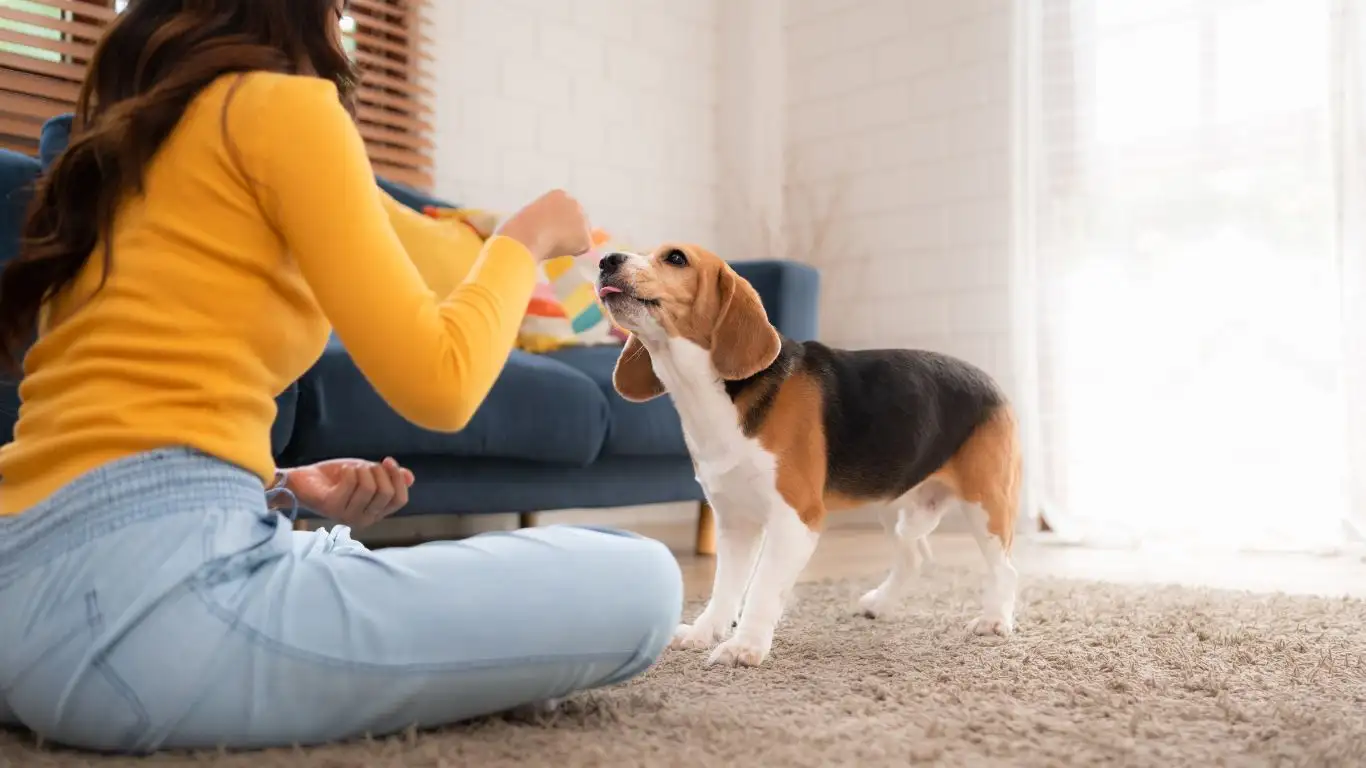
Alright, so once your dog understands that pulling on the retractable leash doesn’t get them what they want, it’s time to dial in your timing and consistency. I’ve learned over the years (especially working with therapy dogs-in-training) that one of the biggest game changers is how fast you react. When your dog checks in or walks nicely beside you—even for a split second—you’ve got to mark that moment with a yes! or a click (if you’re using a clicker), and immediately follow it with a reward.
That sounds super simple, but you’d be surprised how often folks either delay the reward or miss it altogether. If you’re not quick, your dog has no clue what behavior earned the treat. So practice rewarding in motion. Keep those treats handy, not buried deep in your coat pocket—you want easy access to reinforce good behavior in real time.
Why Consistency Is Your Secret Weapon
Dogs thrive on patterns. If one day you let them pull and the next you correct them, they’re gonna get confused fast. I always tell my clients: you’re either training or un-training—there’s no in-between. Make sure every walk sends a clear, consistent message. You’ll start to see your pup figuring things out faster and faster.
Choosing the Right Retractable Leash for Training Success
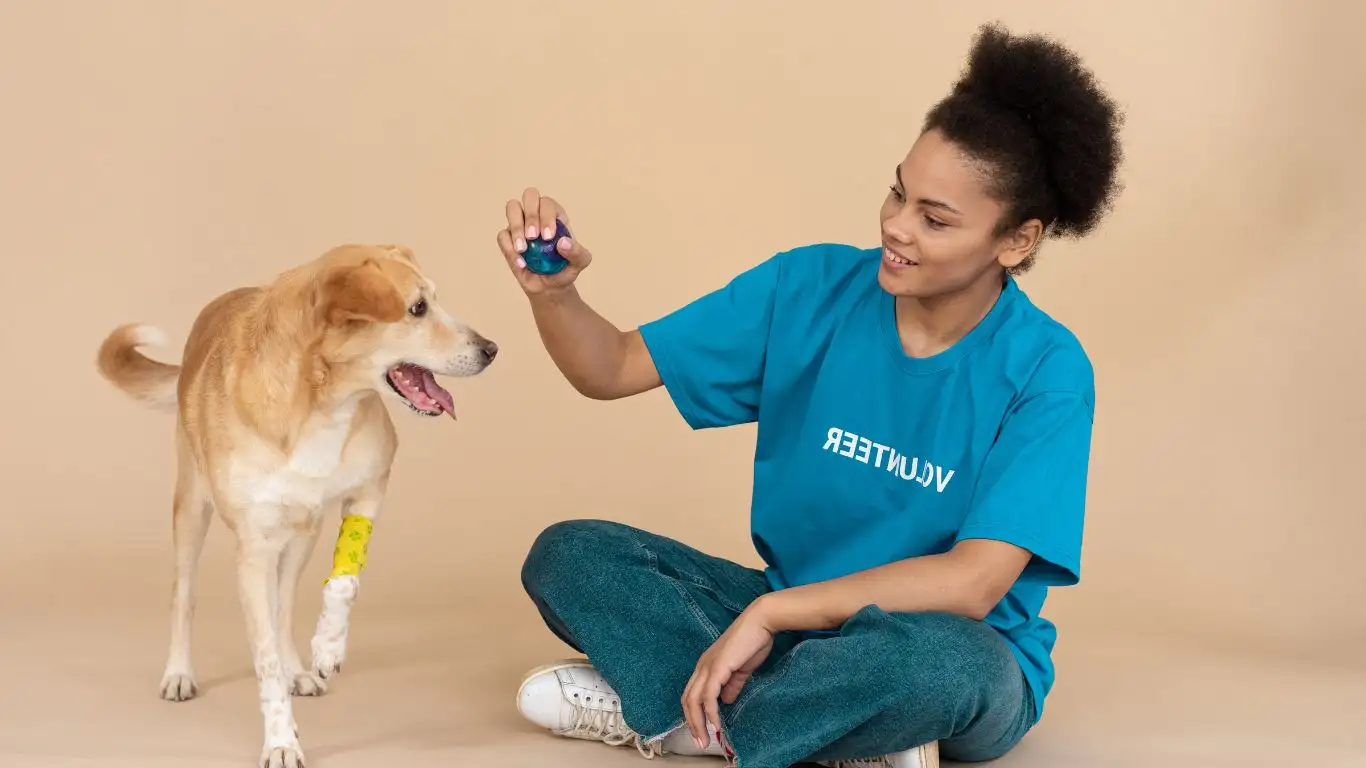
Not all retractable leashes are created equal. Some are too flimsy for larger breeds; others don’t give you the control you need during training. I recommend looking for a leash that:
- Has a reliable locking mechanism – You need to be able to stop the leash from extending instantly.
- Fits your dog’s size – Most retractables list weight limits. Make sure yours can handle your pup’s strength, especially if they get the zoomies.
- Comfortable grip – Trust me, I’ve had those cheap plastic ones that give you hand cramps after 10 minutes. Go for something ergonomic, especially if you’re doing longer walks.
Also, if your dog tends to dart or lunge unexpectedly, opt for a thicker leash line. The thinner ones can cause burns or even snap under pressure. I’ve learned this the hard way during a training walk with a super strong German Shepherd who took off after a squirrel. We made it out fine, but let’s just say I upgraded my leash game after that day.
Using Verbal Cues That Actually Work
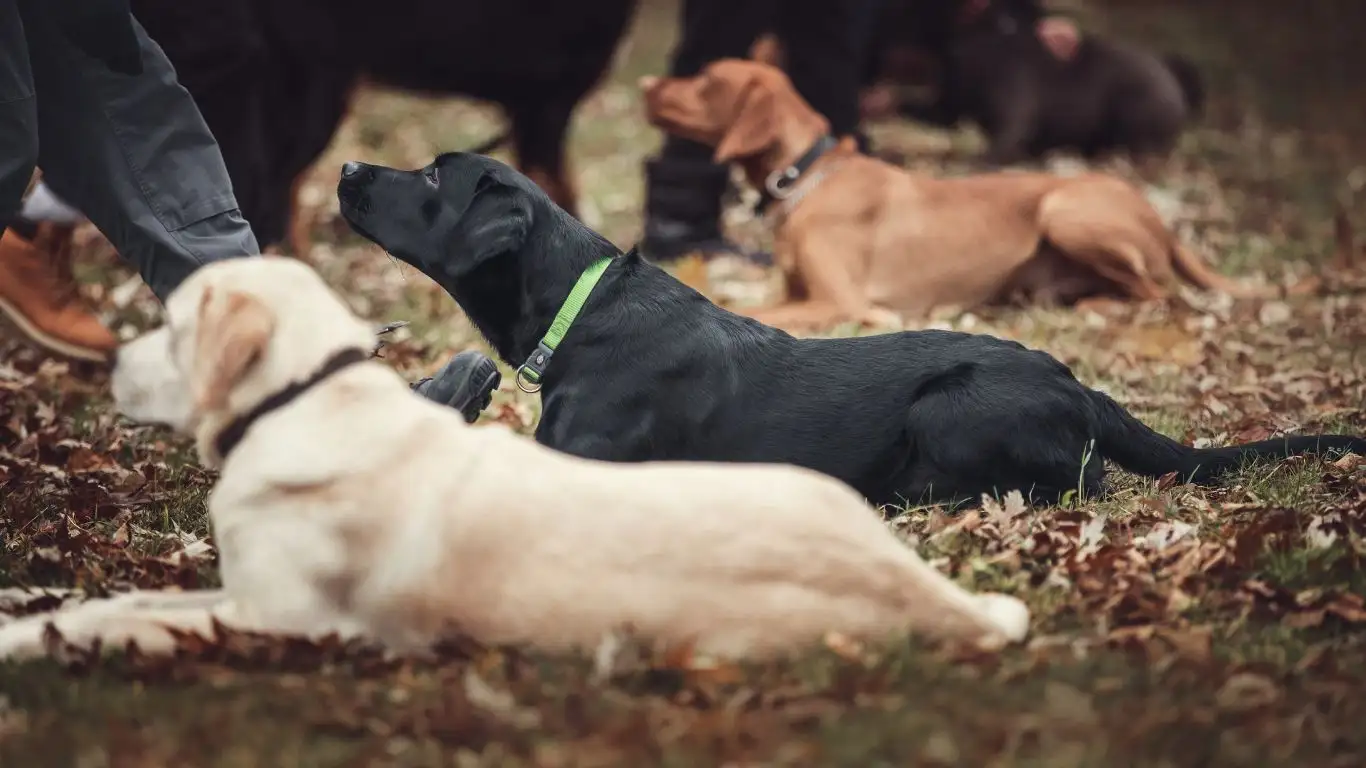
Now, let’s talk about cues. Most people just yank the leash or say “no!” when their dog pulls—but that’s not very helpful. Dogs respond better to clear, consistent words. I like to use:
- “Easy” – Use this as a gentle reminder when you feel tension starting. It’s your way of saying, “Hey buddy, don’t get ahead of yourself.”
- “Let’s go” – This is my go-to cue when I want to restart the walk after stopping for a pull.
- “Back” or “Close” – Great for calling them in when they hit the edge of your leash comfort zone.
One thing I’ve picked up from years of training therapy dogs is that your tone matters just as much as the word. Calm, confident, and clear beats loud or angry every single time. Dogs pick up on energy way before they pick up on language.
Handling Real-World Distractions on the Retractable Leash
This is where things get tricky. You’re doing great in the neighborhood, but then suddenly… squirrels, kids on bikes, another dog across the street. Chaos. If you’re training your dog to avoid pulling on a retractable leash, you need to be ready for real-world tests.
My advice? Don’t jump into high-distraction areas until your dog has nailed the basics. Start in quiet areas and slowly build up. When you do encounter distractions:
- Shorten the leash using the lock before you get close to the distraction.
- Use a high-value treat to redirect their focus back to you.
- Change direction if needed—no shame in turning around to avoid a meltdown.
I’ve done this dozens of times during training walks. Sometimes it feels silly to cross the street just to avoid a barking dog behind a fence, but if it keeps your training consistent, it’s worth it. You’re not avoiding the problem forever—you’re just setting your dog up to succeed until they’re ready.
When to Seek Help from a Trainer
If your dog is constantly lunging, ignoring you, or putting you at risk on walks—even after consistent training—it might be time to bring in a pro. And that’s totally okay. Some dogs, especially high-drive or reactive breeds, need a little extra help.
Look for a trainer who understands your goals, uses force-free methods, and preferably has experience with how to train a dog to avoid pulling on retractable leashes. I’ve worked with clients who were skeptical at first—“Why bring in a trainer just for leash walking?”—but after a few sessions, they were walking peacefully through the park like champs.
And if you’re working with a rescue dog or one that’s had a rough past, an experienced trainer can help you decode what’s really going on beneath the surface. It’s not just about walking—it’s about building trust, confidence, and communication between you and your dog.
Maintaining Progress and Preventing Regression
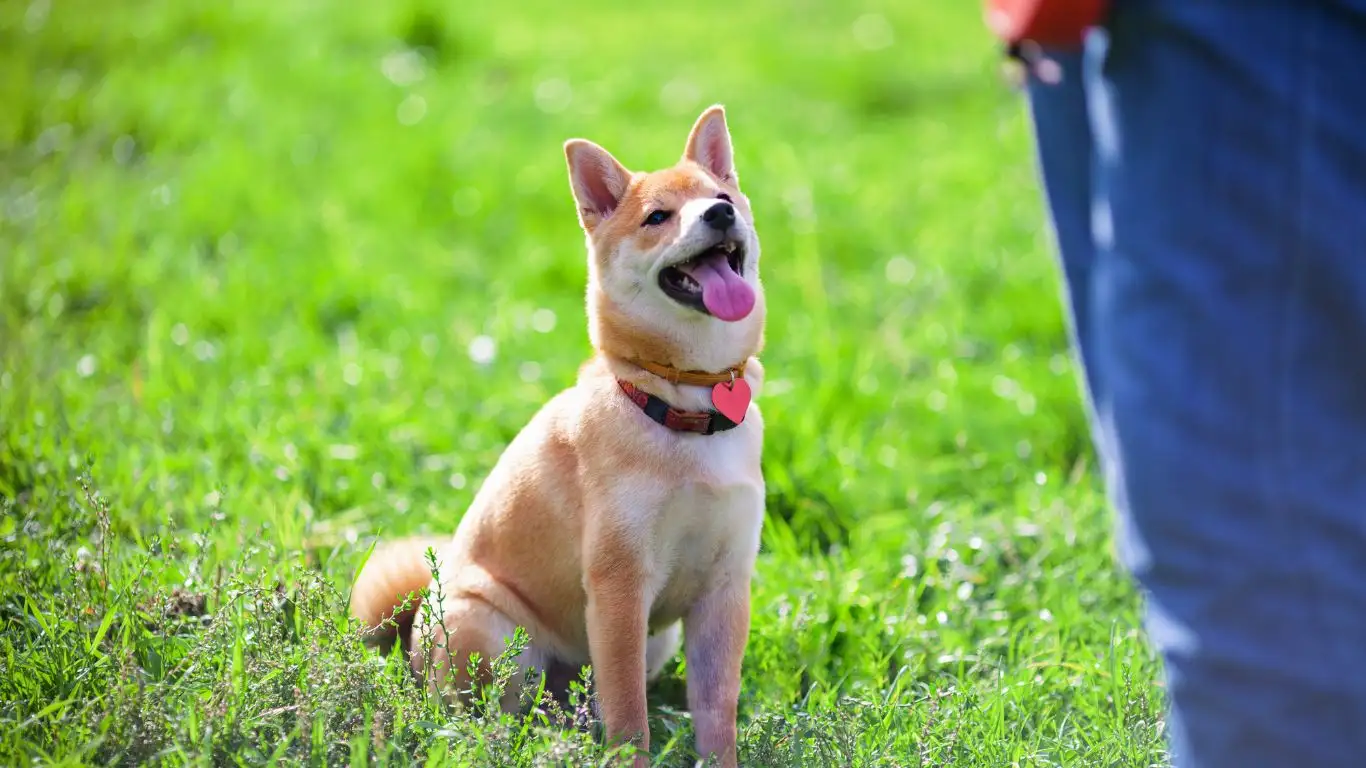
By now, your dog should be showing some solid improvement on the retractable leash—but let’s talk about maintaining that progress for the long haul. I’ve seen dogs regress just because their owners assumed training was “done” after a few successful walks. Truth is, leash manners—especially on a retractable—need ongoing reinforcement.
Dogs learn through repetition. Just like us, they’re creatures of habit. Once those polite walking habits start forming, don’t get complacent. Keep rewarding the good stuff. You don’t have to treat every five steps forever, but check-ins, calm walking, and responsiveness still deserve praise or an occasional treat even after your dog seems “trained.”
Setbacks Are Normal—Here’s How to Handle Them
Even with the best training plans, setbacks happen. Maybe your dog has a bad day, or maybe you do (yep, we’re human too). One client of mine had a beautifully trained Border Collie who, out of nowhere, started pulling again after they moved to a busier neighborhood. It wasn’t the dog forgetting their training—it was the new environment throwing everything off.
The fix? Go back to basics. Shorter walks, more control, and higher-value rewards. Within two weeks, they were back on track. It’s all about noticing the regression early and getting ahead of it. That’s part of what I emphasize in every session—stay present, and don’t be afraid to adjust.
Building Trust Through Consistent Communication
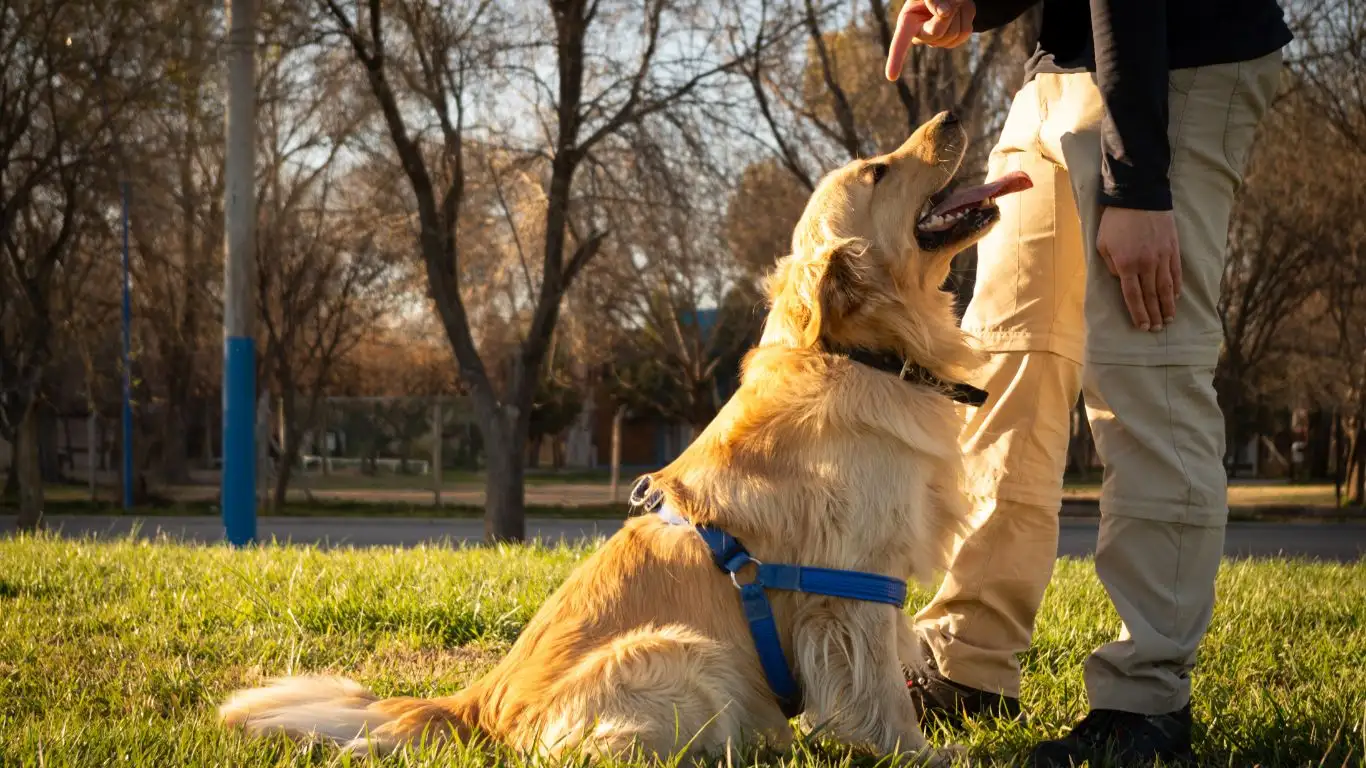
At its core, leash training isn’t just about avoiding pulling. It’s about building a deeper relationship with your dog. When you’re both tuned into each other during walks, everything starts to flow. You begin to notice your dog’s cues, and they start responding to your body language and tone—even before words come out of your mouth.
In therapy dog training, that communication is everything. If my dog senses stress or tension from me, they adjust. Your dog can do that too, but only if they trust that you’re leading with consistency and calm. When you’re confident and clear, your dog feels safe—and safe dogs are much less likely to pull or panic on the leash.
Walks Aren’t Just for Exercise—They’re for Enrichment
Here’s something I wish more people understood: a walk isn’t just physical exercise for your dog—it’s mental stimulation, bonding time, and an outlet for their instincts. The sniffing, exploring, and yes—even the pacing—are all part of how dogs interpret their world.
If your dog is pulling, it might be because they’re bored or under-stimulated. Try incorporating some structured exploration into your walk:
- Use a cue like “go sniff” to give permission for free exploring within a certain range.
- Pause occasionally and do a few mini training exercises like “sit,” “watch me,” or “touch.”
- Let them sniff certain areas longer if they’ve been walking nicely—that’s a reward in itself.
By making the walk more interesting and interactive, you’ll reduce frustration and reinforce the idea that staying close to you brings good things.
Using Tools Wisely and Safely
When it comes to how to train a dog to avoid pulling on retractable leashes, the tool is only as good as the handler. I’ve worked with clients who blamed the leash, when really the issue was inconsistent boundaries or poor timing. That said, a few extra tools can help, especially for dogs that need a little extra structure:
- Front-clip harnesses – These help redirect pulling without causing pain or injury. They’re great for training but shouldn’t replace clear communication.
- Treat pouches – I never walk without mine. Makes rewarding easy and keeps you hands-free.
- Clickers – If you like precision, a clicker can be a powerful way to mark correct leash behavior on the dot.
One thing I always caution about: avoid using retractable leashes in high-traffic areas or around unfamiliar dogs. You need full control in unpredictable situations. Save the retractable for parks, trails, and familiar neighborhoods where your dog can explore safely under supervision.
Celebrating Progress—Even the Small Wins
Let’s not forget to celebrate the little moments. That first time your dog stops pulling before hitting the end of the leash? Celebrate it. The moment they look up at you without being asked? Big win. Training isn’t just about discipline—it’s about noticing and nurturing growth.
I remember one of my therapy dog trainees, a sweet old Labrador named Buddy. He used to pull like a freight train, but over time, he became the most polite walker. His owner told me she looked forward to walks because it finally felt like they were “on the same page.” That kind of transformation sticks with you. And it’s absolutely possible with your dog, too.
Keep the Learning Going
Once your dog is walking nicely on a retractable leash, consider using that momentum to teach new skills. Heel, off-leash recall (in safe areas), or advanced tricks—they all help strengthen your bond and give your dog something meaningful to focus on.
The more skills your dog learns, the more they’ll naturally look to you for guidance—and the less likely they’ll be to pull just to chase a distraction. Plus, it’s just plain fun. A well-exercised, mentally stimulated dog is a happy one.
References
Disclaimer
This content is for informational purposes only and is not a substitute for professional veterinary or behavior consultation. If your dog shows signs of aggression, anxiety, or medical issues that may impact training, consult your veterinarian or a certified dog behaviorist before beginning any training program.
